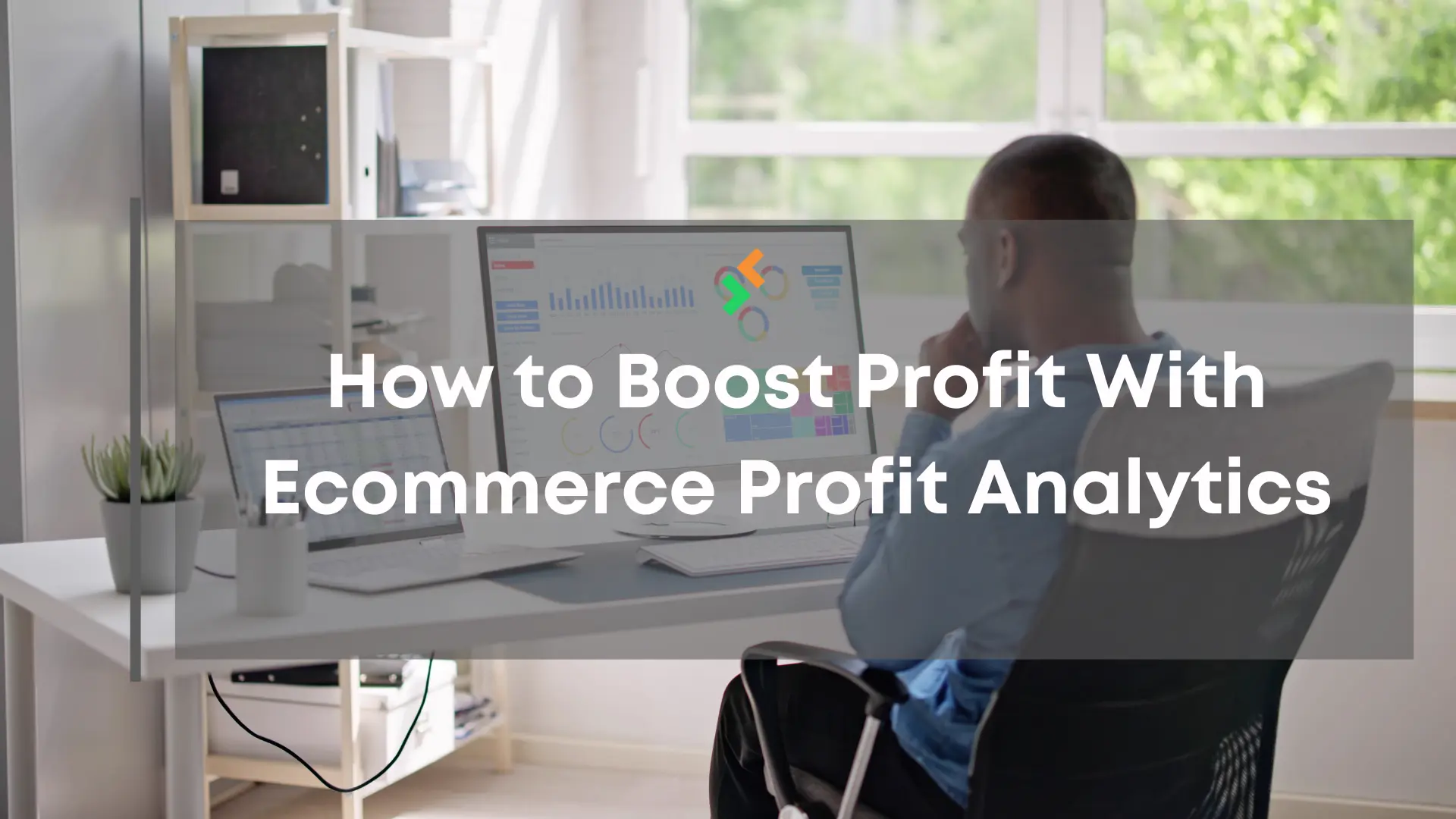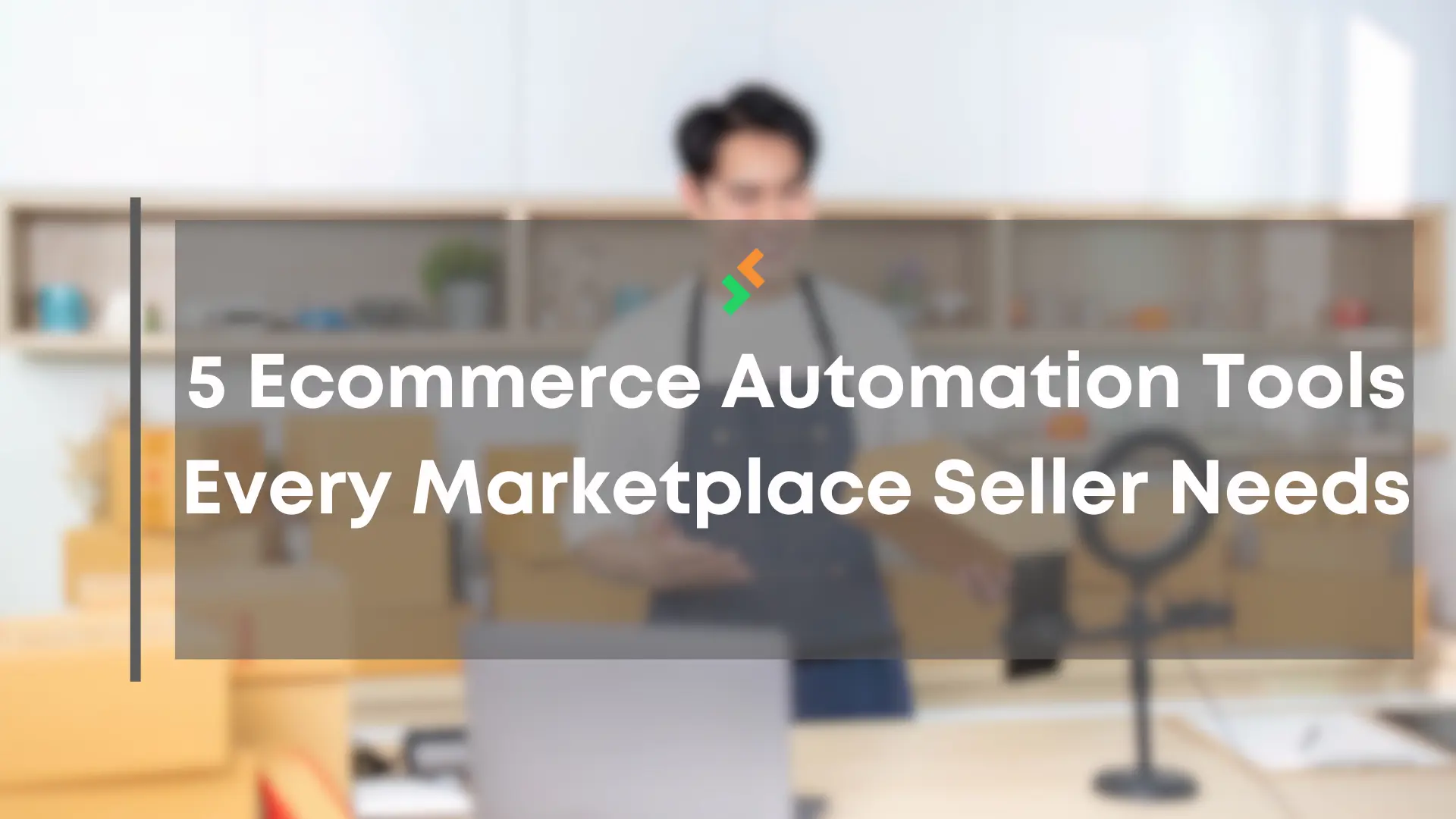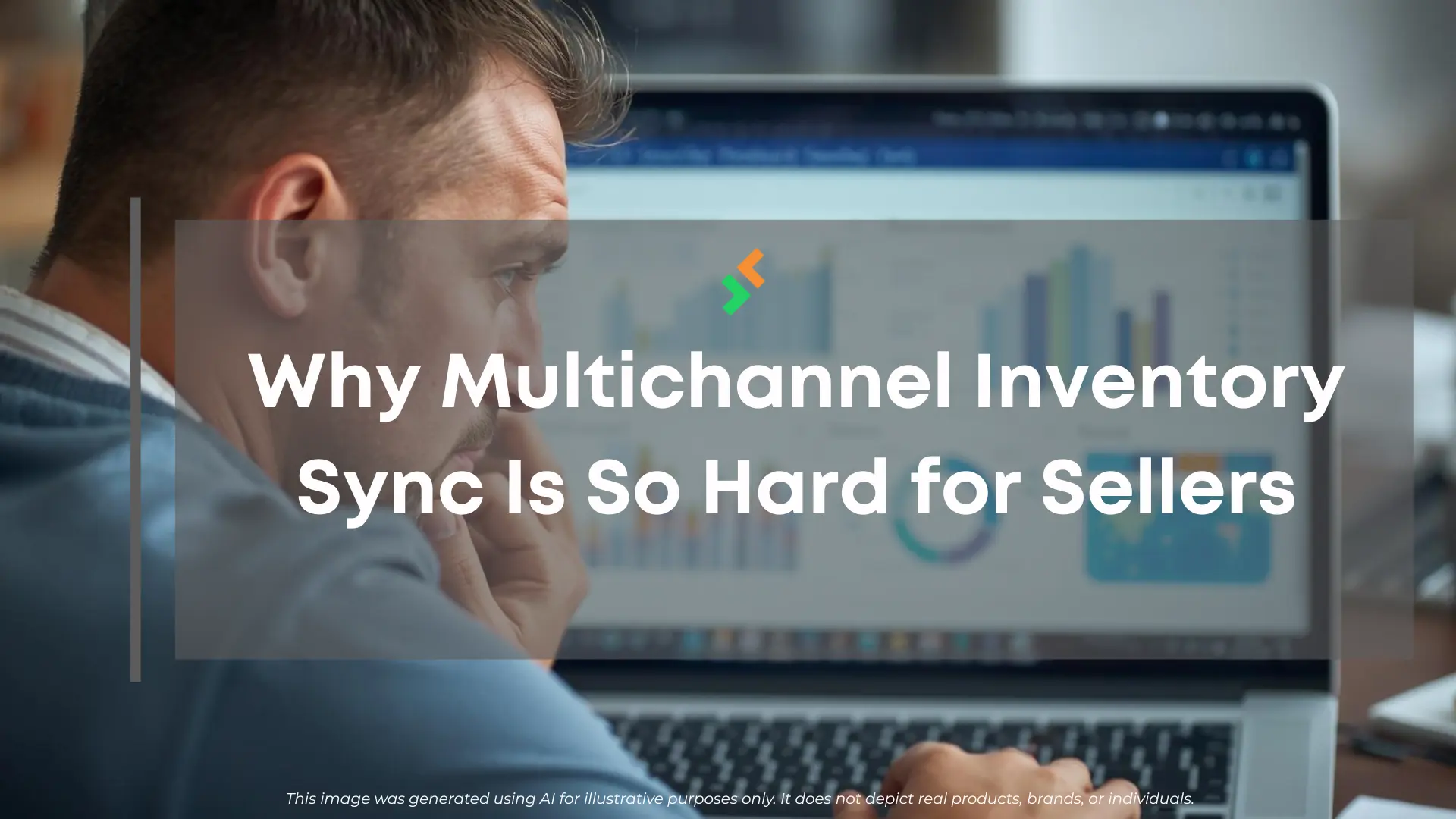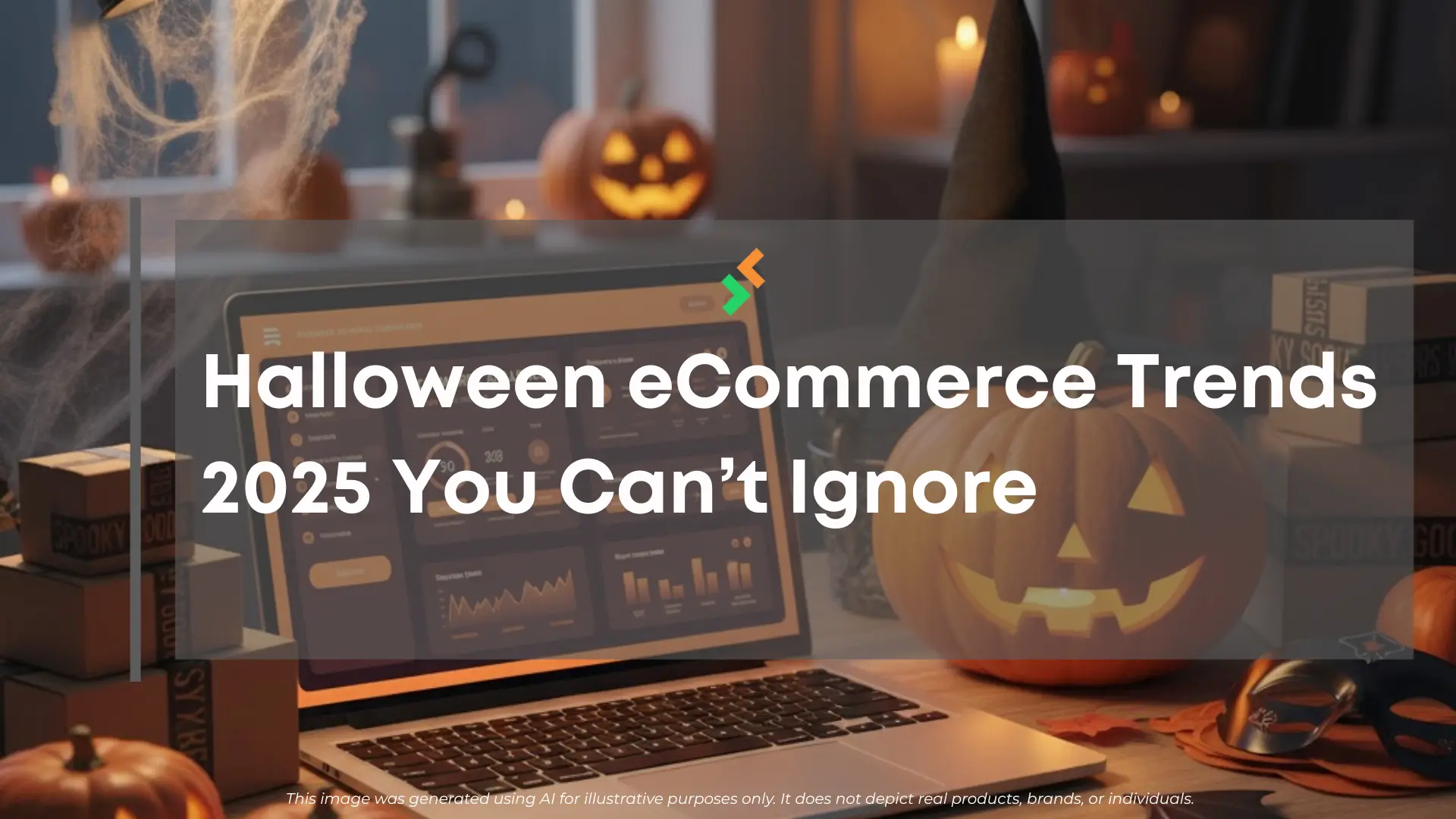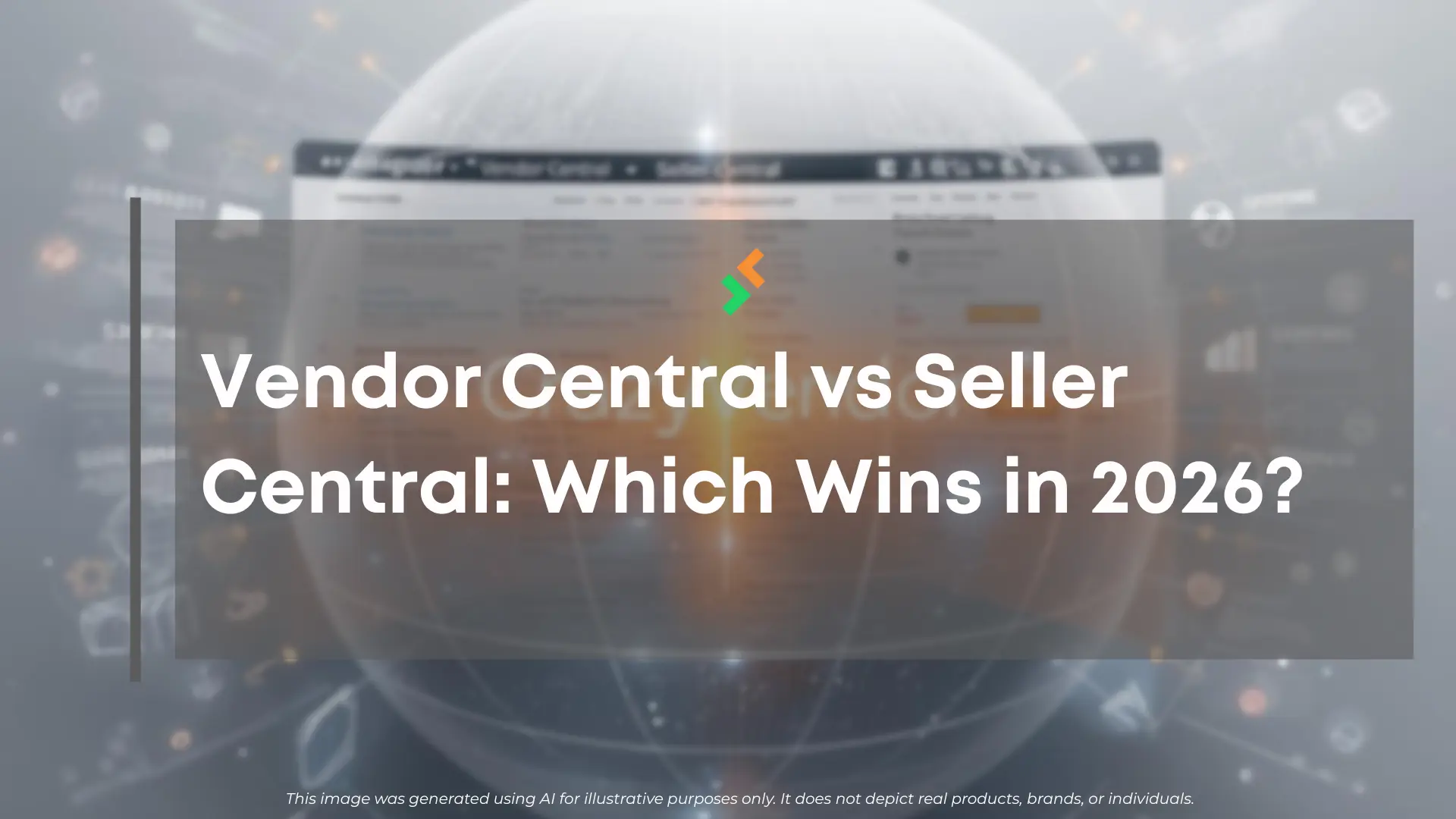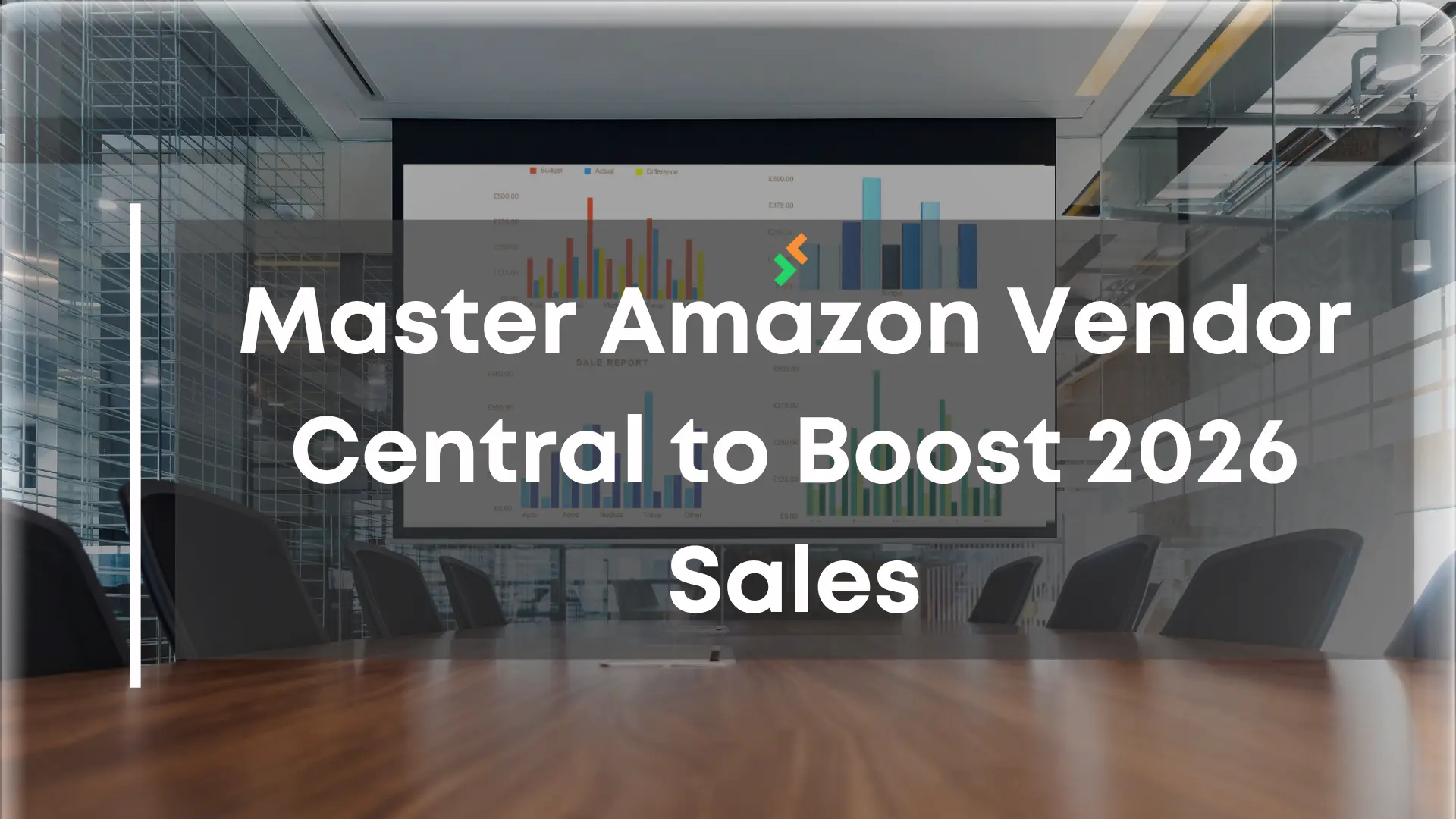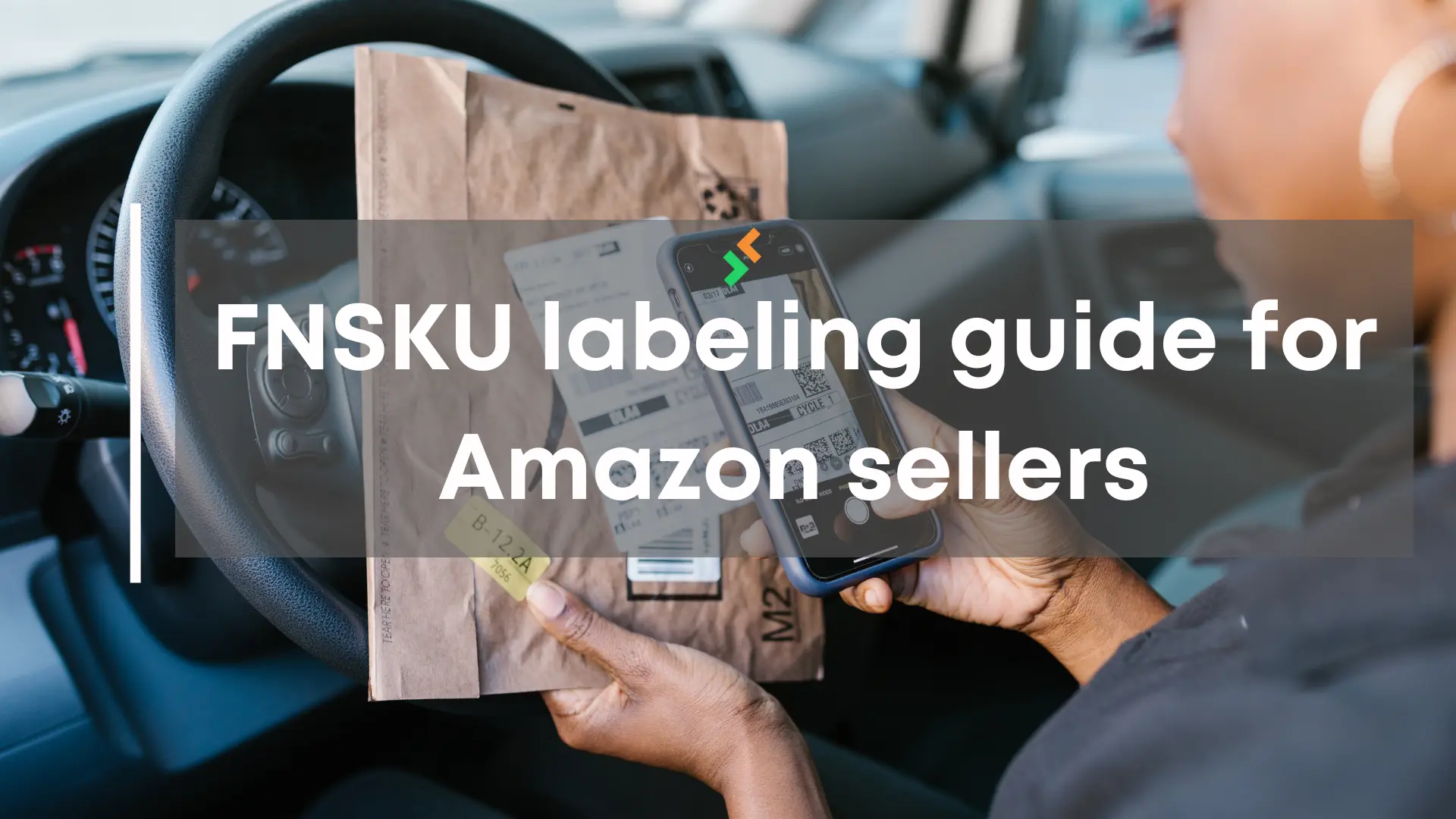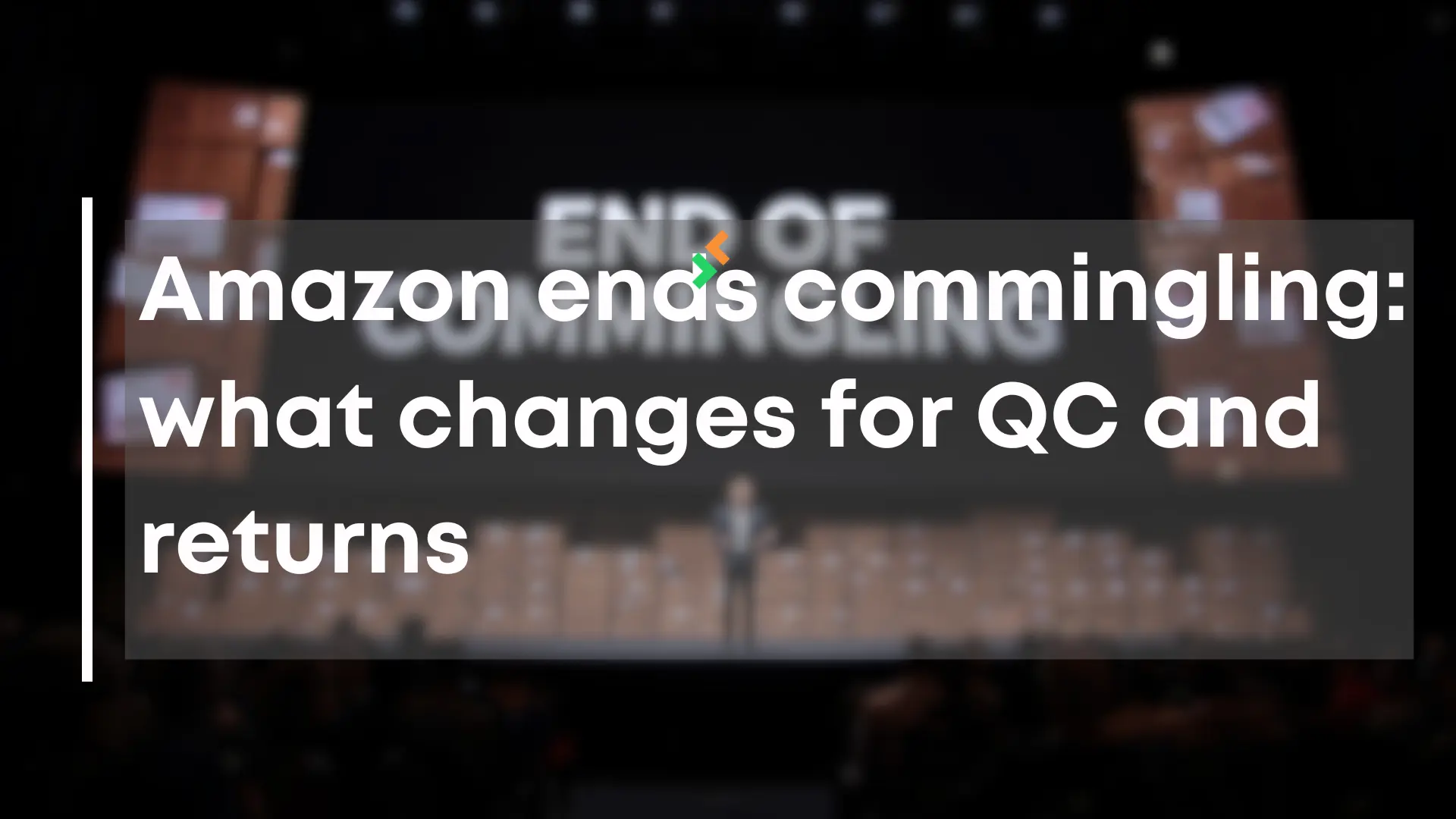
Amazon officially announced the end of commingled inventory in 2025, a move that reshapes how sellers manage FBA operations. Commingling—also known as stickerless inventory—allowed Amazon to pool identical products from multiple sellers into one bin. While this sped up storage and fulfillment, it came with risks: counterfeits, poor quality control, and messy returns.
Now that amazon commingling 2025 is ending, every seller’s SKU must be tracked separately. This change affects how authenticity is verified, how returns are processed, and how much accountability falls on sellers. It is not just a policy tweak—it is a shift that sellers must prepare for before 2026.
For Amazon’s official stance on commingling, see their FBA commingled inventory help page.
Table of Contents
What ending commingling means for sellers
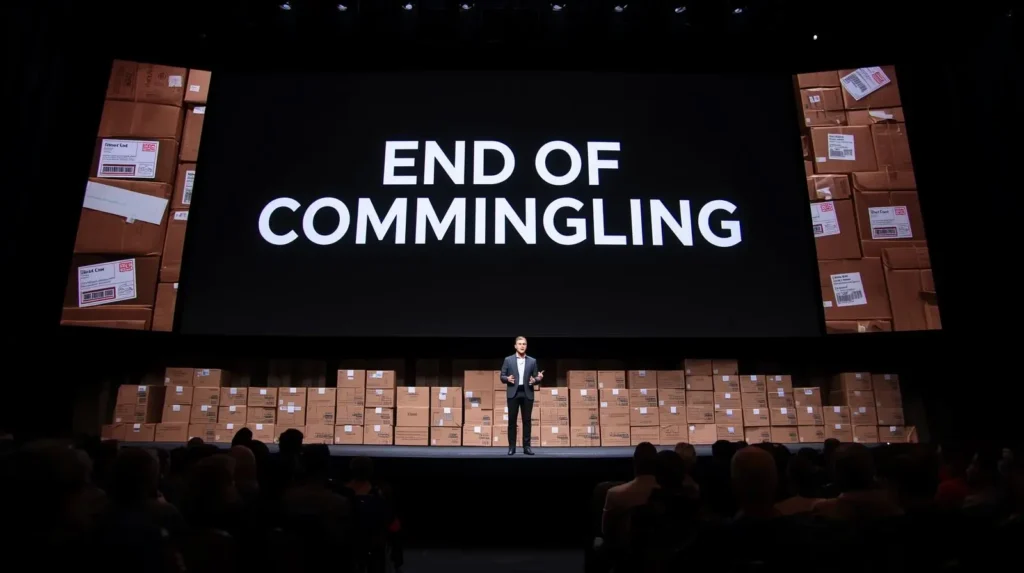
Why Amazon phased out commingling in 2025
Counterfeit complaints and authenticity risks made commingling a long-standing controversy. Amazon is eliminating it to improve buyer trust and protect its marketplace.
How stickerless inventory worked before
With commingling, Amazon stored one product type in the same bin, no matter which seller it came from. Customers could receive an item from a different seller than the one they purchased.
Key dates and transition milestones
Amazon began the phase-out in early 2025, with full removal expected by the end of the year. Sellers now must use FNSKU labeling on all products moving forward.
Impact on quality control and authenticity
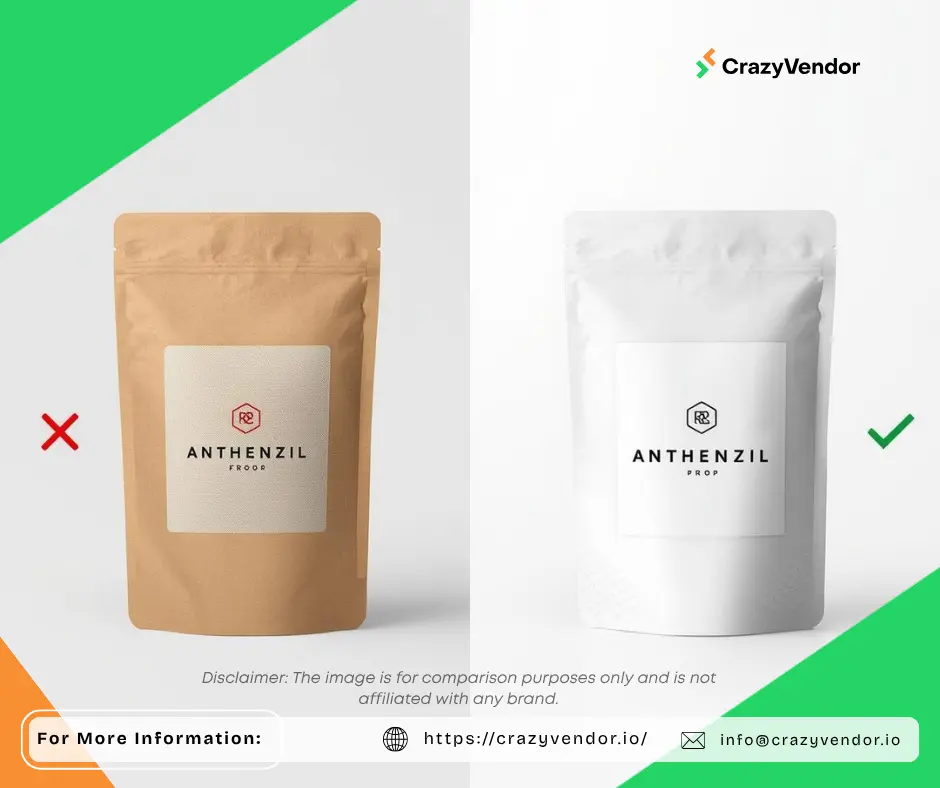
How separate tracking improves authenticity
Ending commingling means buyers get the exact unit from the seller they purchased. This protects brands from counterfeit claims and mismatched returns.
Reduced risk of counterfeit complaints
Counterfeits previously slipped through commingled bins. By assigning products to individual sellers, Amazon can better protect authenticity.
New challenges with inbound prep and labeling
The burden shifts to sellers. Labeling and inbound prep now require more precision, and mistakes can slow down receiving.
Returns and reverse logistics under new rules
How returns will now be tied to seller SKUs
Instead of mixing returns into shared inventory, each item will be tied to the original seller. This increases traceability and fairness.
Implications for refurbished and resellable items
Returned items will be easier to attribute, but sellers may need better sorting processes to decide what can be resold or must be removed.
Higher accountability for damaged goods
If an item comes back defective, sellers cannot blame commingling. Every return now traces back to the source.
How sellers can adapt to non-commingled inventory
Updating inbound workflows and labeling
Sellers must add reliable labeling processes. This may require staff training and better tools in warehouses.
Using centralized systems for SKU accuracy
Manual spreadsheets won’t cut it anymore. Centralized software helps track FNSKUs and stock across all sales channels.
Learn more about FNSKU Labeling
Training warehouse teams for compliance
Team errors on SKU handling will lead to delays. Warehouse staff must adapt to stricter inbound rules.
Tech that makes adaptation easier

Tracking separate inventory pools and handling returns can overwhelm sellers. Doing this manually increases errors, oversells, and customer complaints. This is where smart software matters.
Centralize inventory data
With Inventory Management (inside CrazyVendor), you can sync SKUs across Amazon, Walmart, and Shopify while keeping data consistent without commingling.
Track orders and returns in one view
Order Management (also one of CrazyVendor’s features) connects fulfillment, returns, and customer updates in one dashboard—making it easier to handle the return surge that follows stricter policies.
Streamline warehouse operations
Warehouse Management (also part of CrazyVendor’s features) helps teams apply accurate labeling, store items correctly, and track returns tied to seller SKUs.
For added assurance, CrazyVendor recently passed a critical milestone by completing Amazon’s own system checks.
Read more here: CrazyVendor successfully completes Amazon developer audit and security assessment.
Watch how CrazyVendor helps sellers adapt
Customer experience under the new system
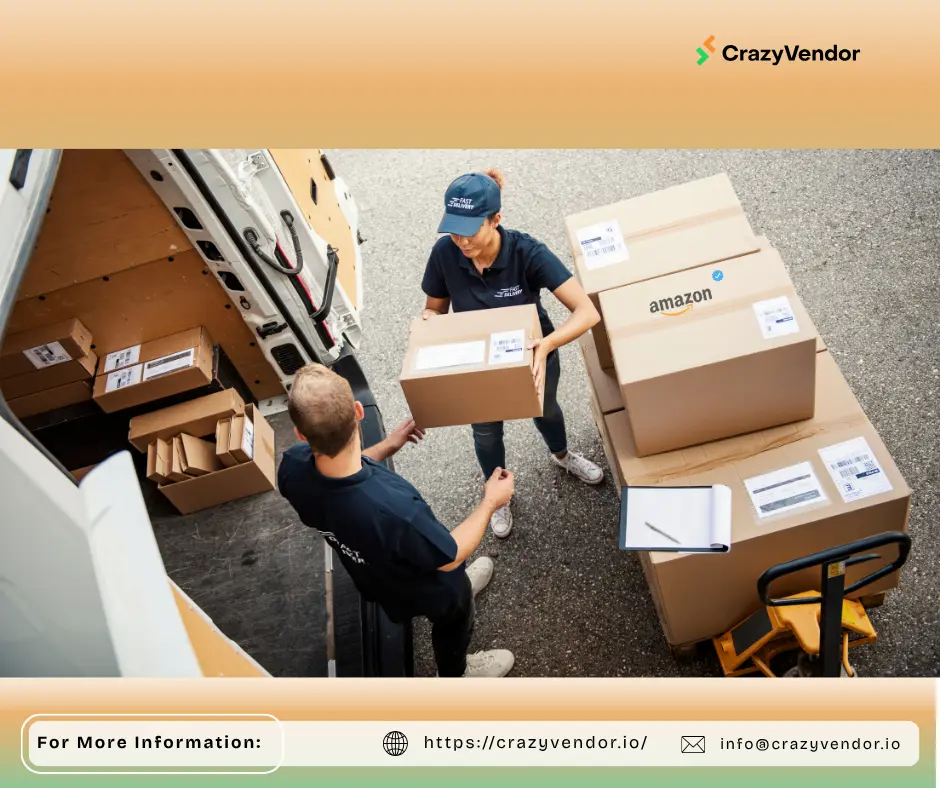
Why transparency reduces buyer disputes
Customers will now know that the item they purchased comes directly from the seller they chose—building trust.
Proactive communication about product condition
Setting clear expectations about packaging, authenticity, and condition helps avoid disputes.
Automating returns updates for faster resolution
With stricter return attribution, sending customers fast updates is key. CrazyVendor tools let you automate these updates to keep satisfaction high.
Profit impact of commingling ending
Higher prep costs vs lower claim risks
Yes, labeling increases costs. But reduced counterfeit complaints lower the risk of suspended accounts and profit loss.
Returns data you must track in 2025
Non-commingled returns produce more data tied to your account. Sellers must track this to protect margins.
Using analytics to model true margins
Profit analytics can help sellers understand if new compliance costs are hurting or protecting long-term profit.
Preparing for 2026
Weekly audits of SKU labeling and returns data
Regular checks will prevent inbound errors and lost shipments.
Building SOPs for inbound prep and reverse logistics
Sellers must create new standard operating procedures to avoid costly mistakes.
Making non-commingled operations a competitive edge
Mastering the new system can become a trust signal to buyers and a competitive advantage against less-prepared sellers.
FAQs on amazon commingling 2025
Why did Amazon stop commingling?
To reduce counterfeit risk and improve customer trust.
Do sellers need new FNSKU labels?
Yes, all products must now have FNSKU labels instead of relying on stickerless commingling.
How will returns be handled differently?
Returns are tied to the original seller, making accountability clearer.
Conclusion
Amazon’s decision to end commingling in 2025 changes how sellers manage FBA. While it adds more prep work, it also reduces counterfeit risk and strengthens buyer trust. Sellers who invest in labeling, centralized systems, and better returns handling will be ready for 2026—and with CrazyVendor, these changes become manageable.
For more insights on Amazon vs Walmart strategy, check these guides:
You can also follow us on social media for more e-commerce insights and updates

